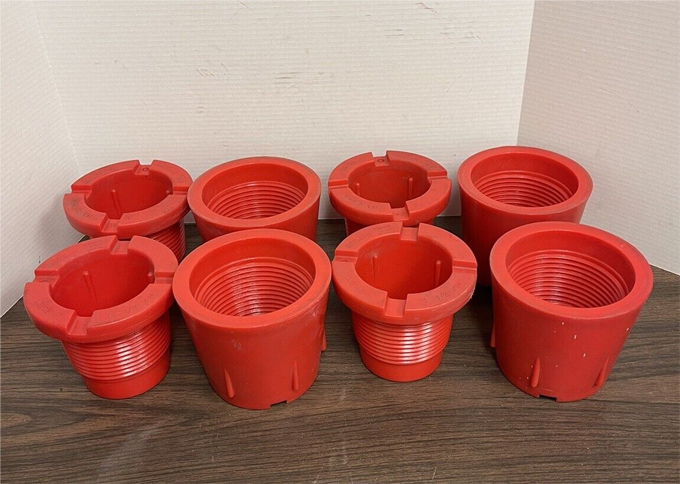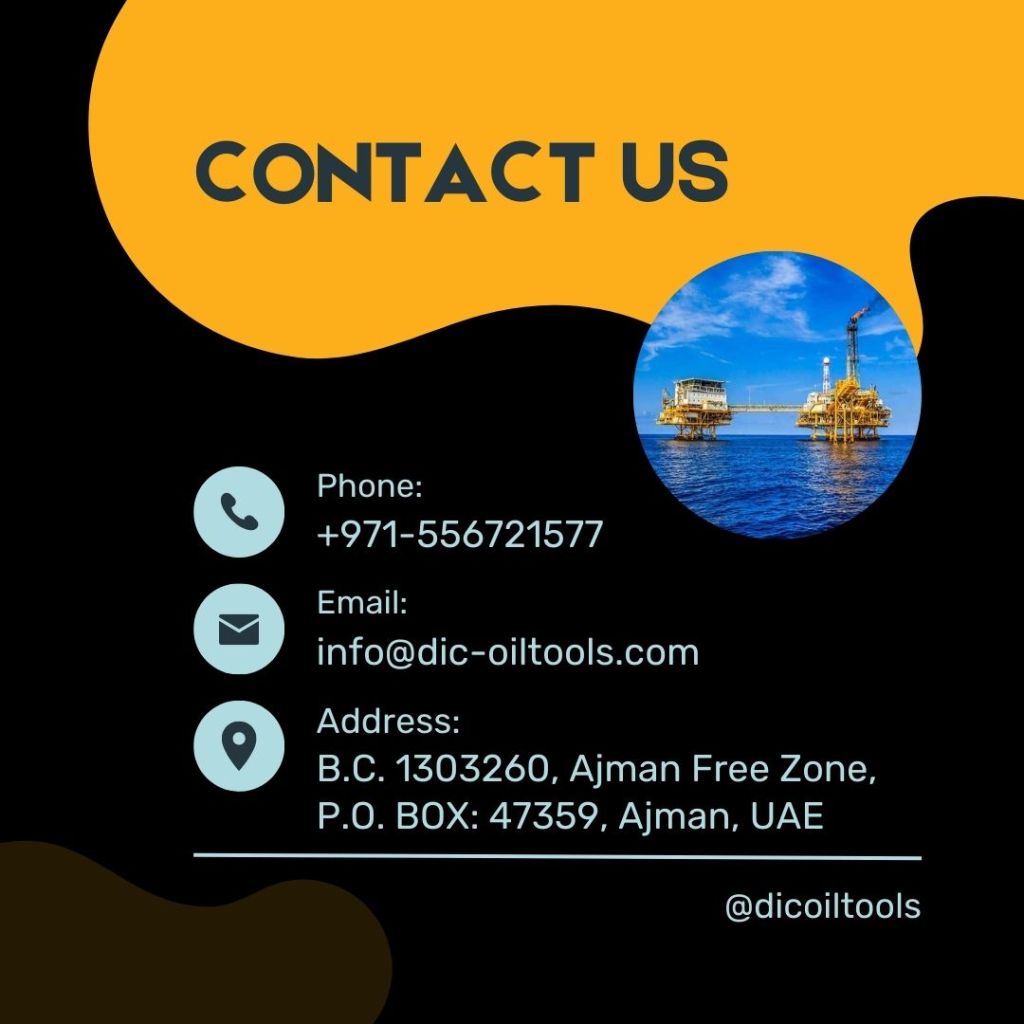DIC Oil Tools is a Supplier and Exporter of Thread Protectors Worldwide. Our team is dedicated to understanding customer needs to ensure exceptional services and best solutions. DIC is committed to providing innovative products best suited to the needs of our customers and meeting their expectations in terms of functionality and value.
Threaded pipe ends are often made with high-quality threads and are designed to survive repeated unintentional impacts during loading from the mill to the well, as well as during well-site clean-up and inspection. These threaded ends are frequently exposed to corrosive conditions while being stored.
It is crucial to utilize a line pipe protector when installing a pipe. Using these easy protectors on jobs in the oil and gas industry will save money, time, and difficulties. When a pipe is being transported or stored, thread protectors shield the threads at the end. Usually composed of steel or plastic, they keep them free from dust, debris, and bugs that enter during the procedure. By utilizing these protectors, you can ensure that your operation is operating as it should, professionally, and you will also greatly avoid downtime and delays on the task.
Recycling Thread Protectors:
Thread protectors are made from plastic or metal, and both materials can be reused. This is another way that protectors help conserve energy and preserve the environment. Plastic pipe protectors made from a mixture of resin and plastic, present numerous advantages in terms of natural stability and durability. The combined properties of plastic and resin mean they can last a very long time and can be re-used if necessary.

Guidelines for Optimal Thread Protector Use:
1. Select the Right Protector: Choose thread protectors that match the thread type, size, and material of the connections. Using the wrong protector can lead to inadequate protection and potential damage.
2. Inspect Protectors: Before installation, inspect thread protectors for any damage or defects. Damaged protectors should be replaced to ensure proper protection.
3. Proper Installation: Make sure protectors are installed correctly and securely attached to the threaded connections. Loosely or improperly installed guards may not provide adequate protection.
4. Handling and storage: Handle protected equipment carefully to avoid impact and mechanical damage. Keep the equipment in a clean and dry environment to prevent contamination and corrosion.
5. Regular Inspection: Check thread protectors on a regular basis for indications of degradation, wear, or damage. To provide protection, replace protectors as necessary.
6. Removal Protocol: Follow the right procedures for removing thread protectors to avoid causing harm to the thread. Specific tools can be needed for some protectors.

To learn more, or get high-quality Thread Protectors from DIC Oil Tools, Contact us at: info@dic-oiltools.com.

